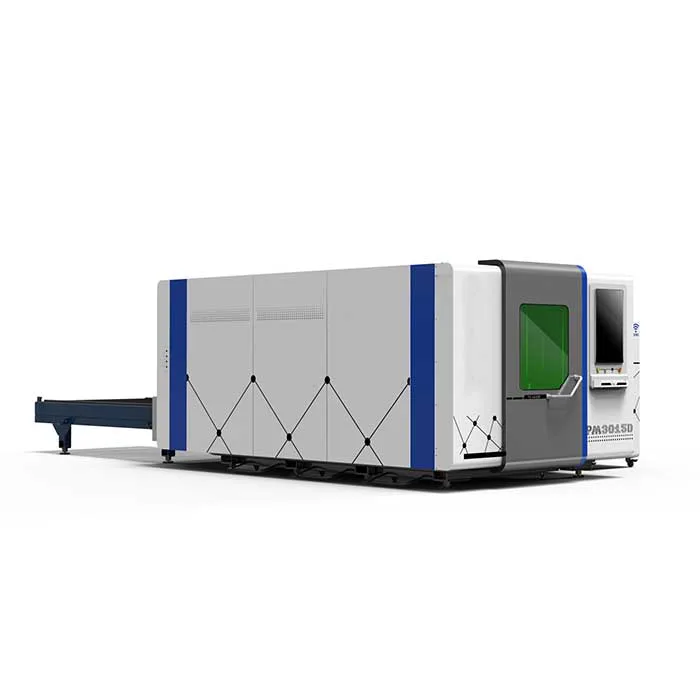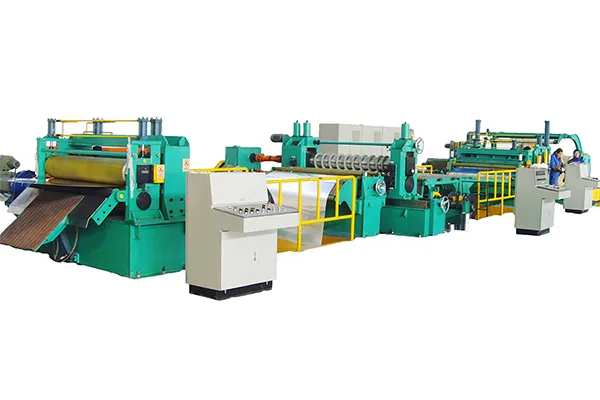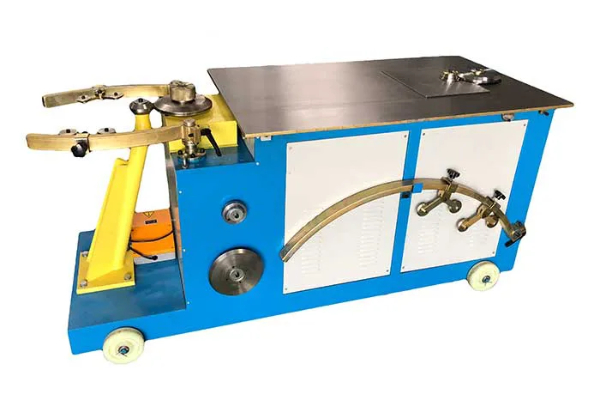
How to Select the Right Metal Sheet Press Brake for Various Thicknesses and Sizes
- By:Metmac
- 2024-07-29
- 150
Press brakes, essential tools in metalworking, are employed to bend and shape metal sheets into desired forms. To ensure optimal performance and precision, choosing the right press brake for specific sheet thicknesses and sizes is crucial. This article delves into the key considerations to assist you in making an informed decision.
Material Thickness
The thickness of the metal sheet directly influences the tonnage capacity required for bending. For sheets up to 0.25 inches, a press brake with a tonnage capacity of around 30 tons should suffice. For thicker sheets, higher tonnage capacity is necessary, such as 50 tons for 0.5-inch sheets and 75 tons or more for 1-inch sheets. Determining the maximum thickness you will be bending ensures the press brake can handle your workload effectively.
Sheet Size
The size of the sheet you plan to bend will dictate the bed length and width of the press brake. The bed length should accommodate the sheet’s length with some clearance on both sides. Similarly, the bed width must be sufficient to support the sheet’s width. For instance, if you routinely work with 10-foot-long sheets, a bed length of at least 12 feet is recommended.
Bend Radius and Angle
The press brake’s ram travel and die opening determine the achievable bend radius and angle. For typical 90-degree bends, a ram travel of approximately 10% of the sheet thickness is required. The die opening should be slightly less than the material thickness to prevent distortion. You may need a press brake with a larger ram travel and die opening for complex bends with smaller radii.
Additional Features
Besides the fundamental specifications, consider additional features that enhance productivity and precision. These include:
– Automatic backgauge: Allows for precise positioning of the sheet for consistent bends.
– CNC controller: Provides automated control over the press brake’s functions, reducing setup time and improving accuracy.
– Hydraulic or electric drive: Hydraulic drives offer higher power, while electric drives consume less energy and provide quieter operation.
– Punching and shearing attachments: Expand the capabilities of the press brake to include punching and shearing operations.
By carefully evaluating the metal sheet thickness, size, bend requirements, and desired features, you can select a press brake that meets your specific needs and ensures efficient and high-quality bending operations.
-
Mastering Form and Force: A Guide to Modern Metal Plate Bending Machines
2025/12/16 -
Demystifying Sheet Metal Laser Cutting Machine Price: The METMAC Value Perspective
2025/12/16 -
Metal Sheet Machinery: The Engine of Modern Fabrication and the METMAC Advantage
2025/12/16 -
Beyond the Bend: The Power and Precision of the Modern Sheet Profile Machine
2025/12/16
-
Advanced Sheet Metal Rolling, Laser Cutting, and Folding Machines for Precision Fabrication
2025/10/31 -
High-Performance Sheet Metal Bending and Cutting Machines for Modern Fabrication
2025/10/31 -
High-Quality Sheet Metal Equipment for Sale: Efficient Solutions for Modern Manufacturing
2025/10/31 -
High-Performance Sheet Metal Equipment for Sale: Forming and Shearing Solutions for Modern Fabrication
2025/10/22
-
Understanding the Role and Function of Steel Strip Slitting Machines
2024/05/11 -
Maintenance Tips for Longevity of HVAC Duct Machines
2024/05/11 -
Innovations in Steel Strip Slitting Machine Design and Technology
2024/05/11 -
Improving Accuracy in Metal Fabrication with Laser Metal Shear Machines
2024/05/11
-
A Guide to the Latest Innovations in Sheet Metal Folding Machines
2024/11/29 -
Key Features to Consider When Investing in a Sheet Metal Folding Machine
2024/11/28 -
Enhancing Precision with Advanced Sheet Metal Folding Machines
2024/11/27 -
How to Choose the Right Sheet Metal Folding Machine for Your Workshop
2024/11/26







